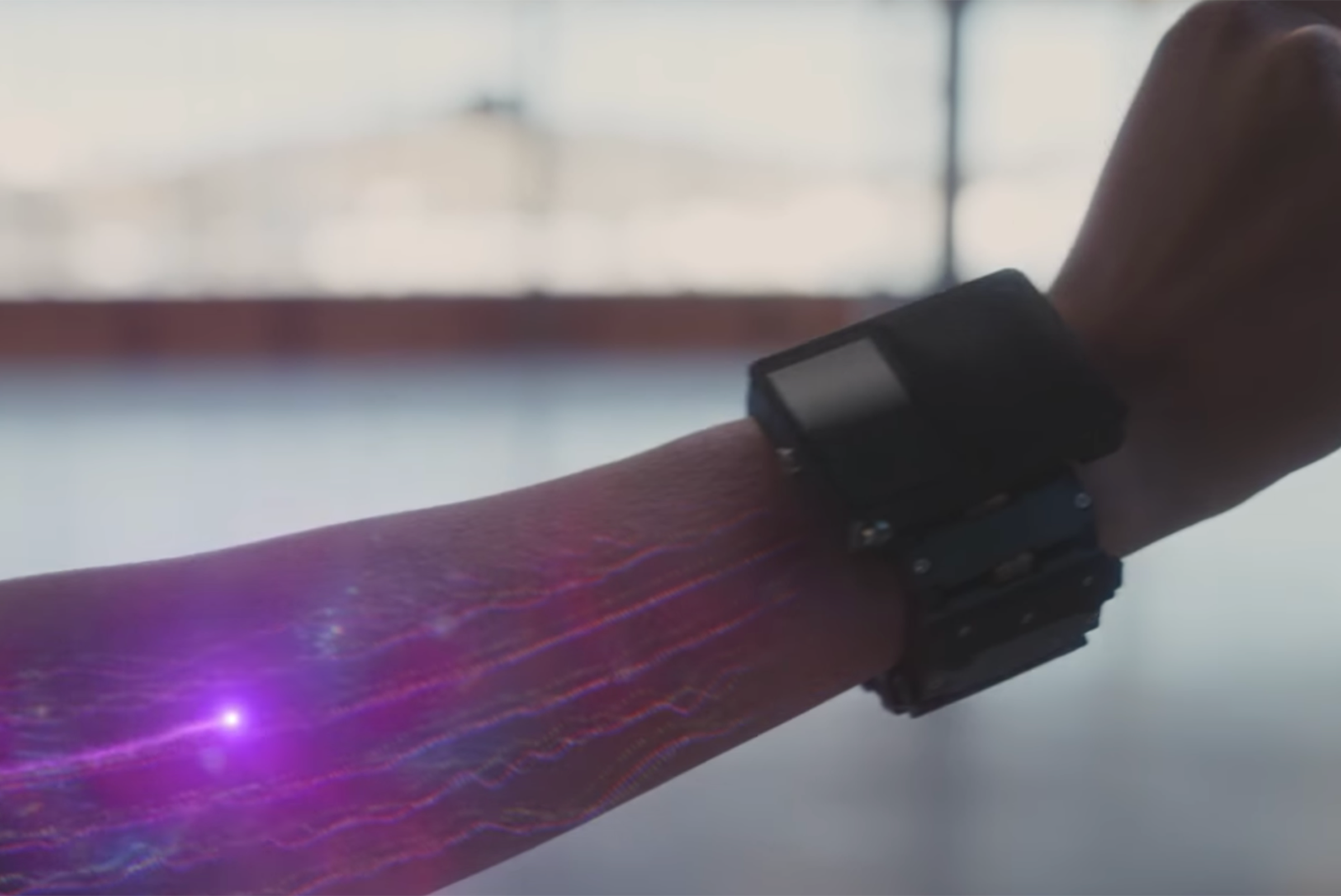Facebook is teasing its new augmented reality interface, based on technology from the CTRL-Labs startup it acquired a few years ago. Facebook Reality Labs published a blog post detailing its work as well as a video showing off a prototype of wristbands.
In the video, Facebook's wristbands can be seen using electromyography (EMG) to translate neural signals into actions such as typing and swiping. The bands also do haptic feedback, providing a more responsive experience. The bands are able to track basic gestures - or clicks - with the nerve signals that run along your arms, rather than a more conventional approach such as visual sensors.
The neural wristbands can, theoretically, track the nerve signals your brain sends to your fingers while you’re typing. So, you could type on a virtual keyboard with no keys, and the bands will learn and adapt to the way you type to correct typos.
Although the band read neural signals, Facebook said it's not mind reading:
"You have many thoughts and you choose to act on only some of them. When that happens, your brain sends signals to your hands and fingers telling them to move in specific ways in order to perform actions like typing and swiping. This is about decoding those signals at the wrist - the actions you’ve already decided to perform - and translating them into digital commands for your device."
If you're wondering how Facebook's technology could ever be applied to real-world scenarios beyond typing, the social network is already envisioning several use cases, including ways they can interact with AR glasses. So, say you’re wearing AR glasses that display images over the real world, you could then scroll through your emails and favourite apps while never having to use your phone.
“We’re developing natural, intuitive ways to interact with always-available AR glasses because we believe this will transform the way we connect with people near and far,” Facebook explained in its blog post published on 18 March 2021. "But this system is many years off."
So, why the wrist?
Facebook said signals through the wrist are so clear that EMG can understand finger motion of just a millimeter: "That means input can be effortless. Ultimately, it may even be possible to sense just the intention to move a finger."

